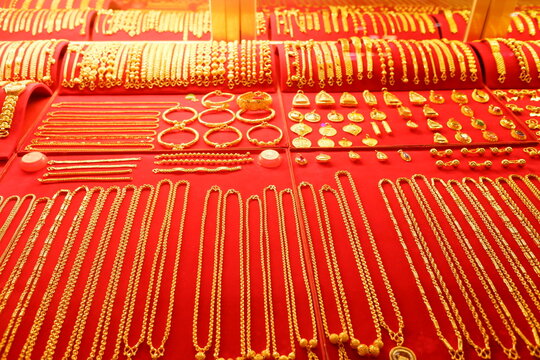Understanding the Aspects That Determine the Price of Gold Objects
Gold has been treasured by humans for thousands of years. It is a valuable commodity that has been used for various uses, such as ornaments, money, and investment. The value of gold items can fluctuate based on various elements. Grasping these factors is essential for anyone engaged in purchasing, selling, or placing funds in gold. This piece will examine the primary factors that determine the worth of gold pieces, including consumer demand, purity, artistry, and financial circumstances.
One of the main factors that affect the value of gold items is market demand. When a greater number of individuals desire to buy gold, its cost tends to rise. This demand can originate from multiple sources, including jewelry creators, investors, and central banks. For example, during periods of financial uncertainty, numerous traders turn to gold as a secure haven for their money. This heightened need can drive up the price of gold items. Conversely, if demand decreases, the value of gold may fall. Understanding market trends and buyer actions is crucial for determining the present value of gold.
Another significant factor is the purity of the gold. Gold is assessed in carats, with 24 carats representing 100% gold. Pieces with greater purity levels are generally considered worth than items with lesser standards. For instance, an article crafted of 18-karat gold contains 75% gold and 25% other metals, while a 14-karat item contains only 58.3% gold. Consumers often look for high-fineness items because they are considered long-lasting and have a higher inherent value. Hence, when assessing the worth of gold items, it is crucial to consider their fineness level.
Artistry also plays a significant role in influencing the worth of gold pieces. The expertise and artistry involved in making a piece can significantly affect its value. Handmade ornaments, for example, may be more worth than factory-made items due to the effort and effort put in its production. Unique styles and intricate features can enhance the attractiveness of gold items, making them considered desirable to enthusiasts and buyers. Hence, the craftsmanship this post of a gold piece can significantly affect its market worth.
Financial conditions are another important factor that influences the worth of gold. The price of gold is frequently linked to the general health of the financial system. During periods of inflation or financial instability, gold is perceived as a dependable investment. As a consequence, its worth may increase. On the another hand, when the financial system is strong and steady, the demand for gold may fall, leading to reduced prices. Traders and collectors must stay an watch on economic indicators, including rate rates and rising prices rates, to understand how these factors can affect the worth of gold pieces.
The worth of gold articles is determined by a combination of elements, such find as consumer need, fineness, craftsmanship, and economic conditions. Grasping these factors can assist people formulate educated choices when buying or trading gold. As gold remains to be a important asset, being informed about these elements will be advantageous for anyone engaged in the gold industry. Regardless of whether for individual use or investing reasons, identifying what affects the worth of gold can lead to superior choices and greater satisfaction.